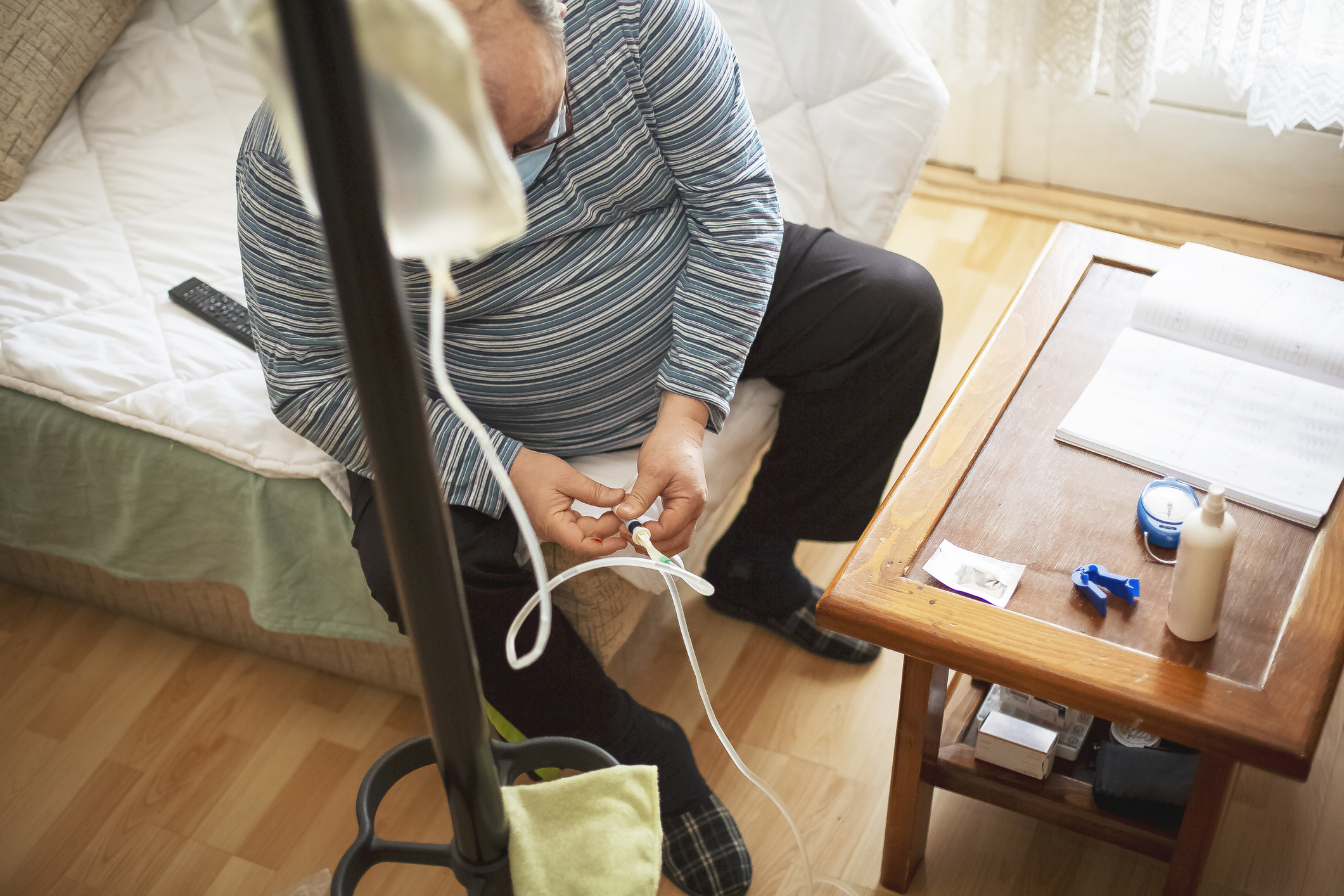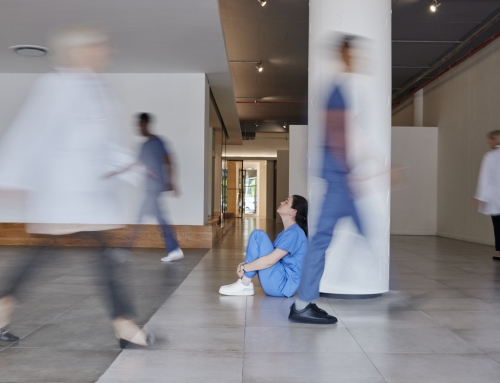By Shaminder Gupta, MD, Nephrologist
End Stage Renal Disease (ESRD) is a life changing diagnosis and impacts both the patient and the family. While waiting for renal transplantation, renal replacement therapy (RRT) is required to sustain life. RRT, also known as dialysis, can be provided either in-center or at home. Home therapies can either be via peritoneum (PD) or via fistula (HHD).
Patients are concerned about their own abilities to provide this life sustaining therapy on their own. This is natural and should be anticipated as a barrier. Most of us, including medical professionals, would also share these apprehensions. Success at home depends on the initial attitude of the patient who is being asked to consider the therapy and depends on how it is delivered initially to the patient.
Common questions include: Is there enough space in my house? What about my partner? What if I have pets? Will it disturb my own family dynamics?
It is natural to have these questions about home dialysis. Space is always a concern, but the reality is that a small amount of private space is needed. This space has to be dedicated to home dialysis and be kept clean and free of pets. Pets are not a deal breaker. They simply have to be kept away from areas where home dialysis is performed. For PD patients, this is usually the bedroom. For HHD patients, the supply bags have to kept in an area away from possible intrusion.
The most important question usually relates to life partners. Life partners are invested in the health of the patient and they usually are also very supportive of any care plan that improves outcomes and quality of life. Patients do not want to burden others with their own health issues; however, it has been my experience that home dialysis improves patient outcomes and this both directly and indirectly affect the partner in a positive way. There is a happier partner, no travel requirements, more time at home together and a more positive attitude towards the treatment plan.
Peritoneal dialysis is very difficult to describe in words to a patient. It is also more daunting when a video is watched about the process. I have found that direct interaction between a perspective patient and an established patient is the most effective way to educate the patient holistically. The established patients had the same questions as the perspective patients and can fully attest to the nature of the treatment, both positive and negative. PD patients often have positive experiences, and this is conveyed at this meeting. The approach also illustrates how patients teaching patients should be utilized in education. PD patients share their experiences and most importantly, showcase the freedom they have in controlling their own destiny and journey. This is powerful and impactful.
The barriers the patient was anticipating soon become less of a concern as they witness another patient sharing their positive experience. The only absolute hurdles to PD are the inability to avoid water, pet/hygiene issues where a room cannot be isolated in a home. Partners are not necessary. The hurdle of bringing healthcare to the home environment is often overblown as family members tend to be very supportive of home-based therapies. It also allows for the family member to remain at home/work and not have the burden of transporting their loved one to dialysis 3x/week or dealing with the post dialysis fatigue and increased hospitalizations associated with in center HD.
HHD patients have similar concerns. They also have additional concerns about self cannulation. This can be overcome by continual support of the patient and care partner. Introduction to other patients who do HHD is imperative in success of this model. Self- cannulation fear abates with strong support of the patient. Family members teaching other family members creates powerful bonds between them and creates bonds between the patient and HHD nurses. The positive experiences of HHD patients when shared with perspective patients helps alleviate the natural fears patients have. Self-care builds confidence in patients and this translates into positive attitudes and improved outcomes.
Home dialysis also better prepares patients for transplantation. Labs are better and patient engagement translates into better transplant candidacy.
Learning to do home dialysis is similar to learning to drive. When learning to drive, it is an overwhelming task, yet most people learn to do it. There are many buttons, sensors, radars, and complex decision making. After a few months of practice, operating the vehicle becomes routine. The key is support for the new driver through supervision and gradual autonomy. Home dialysis proficiency is similar. When given the proper support and timeline, patients can master the therapy and then learn to teach others. Home dialysis nurses and staff provide the support needed to learn and provide the individualized attention necessary to be successful for both the patient and their caregivers.




